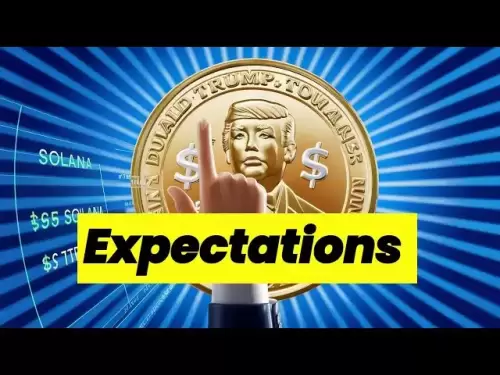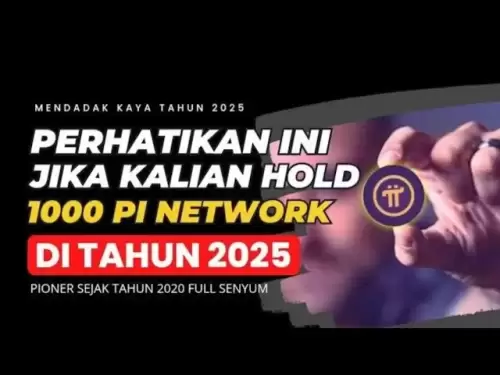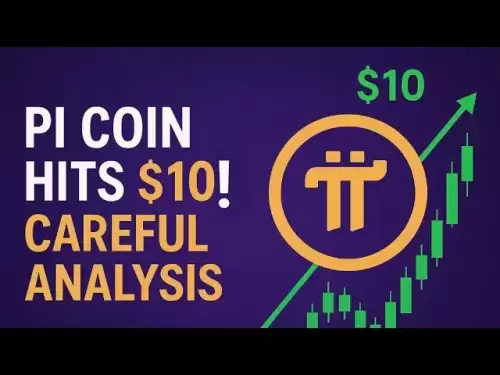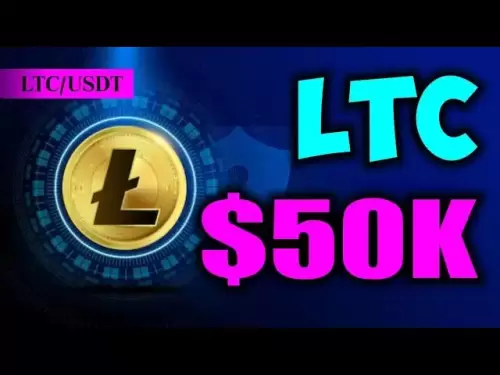-
 Bitcoin
Bitcoin $118000
-0.23% -
 Ethereum
Ethereum $3651
1.66% -
 XRP
XRP $3.423
-1.58% -
 Tether USDt
Tether USDt $1.001
-0.02% -
 BNB
BNB $742.8
0.69% -
 Solana
Solana $177.8
0.30% -
 USDC
USDC $0.9999
0.01% -
 Dogecoin
Dogecoin $0.2539
0.03% -
 TRON
TRON $0.3199
-1.74% -
 Cardano
Cardano $0.8382
0.59% -
 Hyperliquid
Hyperliquid $44.83
0.05% -
 Stellar
Stellar $0.4602
-1.49% -
 Sui
Sui $3.850
0.58% -
 Chainlink
Chainlink $18.62
2.56% -
 Hedera
Hedera $0.2681
0.97% -
 Avalanche
Avalanche $24.63
3.07% -
 Bitcoin Cash
Bitcoin Cash $522.5
0.96% -
 Shiba Inu
Shiba Inu $0.00001507
-0.80% -
 Litecoin
Litecoin $113.6
9.75% -
 UNUS SED LEO
UNUS SED LEO $8.994
0.24% -
 Toncoin
Toncoin $3.197
-0.43% -
 Polkadot
Polkadot $4.361
1.13% -
 Uniswap
Uniswap $10.45
1.41% -
 Monero
Monero $327.5
0.65% -
 Ethena USDe
Ethena USDe $1.001
-0.03% -
 Bitget Token
Bitget Token $4.992
-1.12% -
 Pepe
Pepe $0.00001355
0.67% -
 Dai
Dai $1.000
0.01% -
 Aave
Aave $322.6
0.15% -
 Bittensor
Bittensor $415.5
0.88%
What caused the OM crash? MANTRA officially responded to the forced liquidation incident
The OM crash, triggered by forced liquidations, shook the MANTRA DAO ecosystem, prompting the organization to pledge improved risk management and support for affected users.
Apr 20, 2025 at 09:35 am
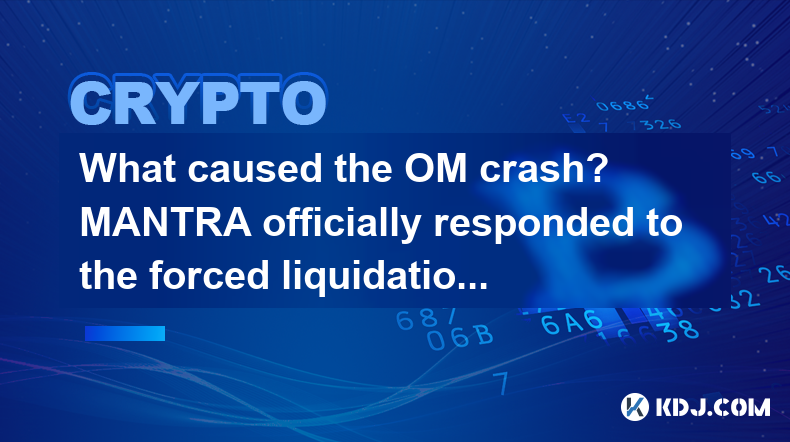
The recent crash of OM, the native token of the MANTRA DAO ecosystem, has sent ripples through the cryptocurrency community, leaving many investors and users seeking answers. In this article, we delve into the details of the OM crash, exploring the events leading up to it and the official response from MANTRA DAO. We aim to provide a comprehensive understanding of the incident, focusing on the forced liquidation that played a pivotal role in the token's decline.
The Lead-Up to the OM Crash
Before delving into the specifics of the crash, it is essential to understand the context in which it occurred. OM, the governance token of the MANTRA DAO ecosystem, had been performing well in the market, with a growing user base and increasing adoption. However, certain market conditions and internal factors began to create instability, setting the stage for the eventual crash.
The cryptocurrency market is known for its volatility, and OM was not immune to these fluctuations. In the weeks leading up to the crash, there were signs of increasing selling pressure on OM. This pressure was exacerbated by broader market trends, as investors began to shift their focus away from certain DeFi tokens, including OM.
The Role of Forced Liquidation
The forced liquidation incident was a critical factor in the OM crash. Forced liquidation occurs when a trader's position is automatically closed by the platform due to insufficient margin to cover potential losses. In the case of OM, a significant number of leveraged positions were liquidated, leading to a sharp decline in the token's price.
These liquidations were triggered by a combination of factors, including sharp price movements and insufficient collateral held by traders. As the price of OM began to drop, more and more positions were liquidated, creating a cascading effect that further drove down the price. This vicious cycle of liquidations and price drops was a key contributor to the severity of the crash.
MANTRA DAO's Official Response
In response to the OM crash, MANTRA DAO issued an official statement addressing the incident and outlining their plans to mitigate the impact on users. The statement emphasized the organization's commitment to transparency and accountability, acknowledging the role of the forced liquidations in the crash.
MANTRA DAO's response included several key points:
- Acknowledgment of the forced liquidation incident: The organization openly admitted that the forced liquidations played a significant role in the crash, providing clarity to users and investors.
- Commitment to improving risk management: MANTRA DAO pledged to enhance their risk management protocols to prevent similar incidents in the future, focusing on better monitoring of leveraged positions and collateral requirements.
- Support for affected users: The organization announced plans to provide support to users who were impacted by the crash, including potential compensation measures and assistance in recovering their positions.
The Impact on the MANTRA DAO Ecosystem
The OM crash had a significant impact on the broader MANTRA DAO ecosystem. As the governance token, OM plays a crucial role in the functioning of the platform, and its decline affected various aspects of the ecosystem.
Liquidity pools and yield farming opportunities within the MANTRA DAO ecosystem were directly impacted by the crash. As the price of OM dropped, the value of these pools and the rewards offered through yield farming also decreased, leading to reduced participation and liquidity.
Furthermore, the crash affected the confidence of users and investors in the MANTRA DAO platform. Many began to question the stability and security of the ecosystem, leading to a temporary decline in user engagement and adoption.
Lessons Learned and Future Safeguards
In the aftermath of the OM crash, MANTRA DAO and the broader cryptocurrency community have drawn several important lessons. These lessons are crucial for preventing similar incidents in the future and improving the overall stability of DeFi ecosystems.
One key lesson is the importance of robust risk management protocols. The forced liquidation incident highlighted the need for better monitoring of leveraged positions and more stringent collateral requirements. MANTRA DAO's commitment to improving these protocols is a positive step towards enhancing the platform's resilience.
Another lesson is the need for clear communication and transparency. MANTRA DAO's official response to the crash, while delayed, was well-received by the community. The organization's willingness to acknowledge the incident and outline their plans for improvement helped to restore some confidence among users and investors.
Finally, the OM crash underscores the interconnectedness of DeFi ecosystems. The impact of the crash extended beyond OM itself, affecting various aspects of the MANTRA DAO platform. This highlights the need for a holistic approach to risk management and ecosystem stability.
Frequently Asked Questions
Q: How can I protect myself from similar incidents in the future?
A: To protect yourself from similar incidents, it is crucial to practice responsible trading and risk management. This includes:
- Using leverage cautiously and ensuring you have sufficient collateral to cover potential losses
- Diversifying your portfolio to reduce exposure to any single asset or platform
- Staying informed about market conditions and the health of the ecosystems you are participating in
- Regularly reviewing and adjusting your positions based on changing market dynamics
Q: What steps is MANTRA DAO taking to prevent future forced liquidations?
A: MANTRA DAO has committed to several measures to prevent future forced liquidations, including:
- Enhancing risk management protocols to better monitor leveraged positions and collateral requirements
- Implementing more stringent liquidation thresholds to prevent cascading liquidations
- Improving communication with users about potential risks and market conditions
- Continuously monitoring and adjusting their systems to adapt to changing market dynamics
Q: How can I recover my losses from the OM crash?
A: Recovering losses from the OM crash can be challenging, but there are a few steps you can take:
- Contact MANTRA DAO's support team to inquire about any potential compensation measures they may be offering to affected users
- Review your trading history and identify any opportunities to recover your position, such as buying back OM at a lower price
- Consider seeking advice from a financial professional who specializes in cryptocurrency investments
- Learn from the experience and adjust your trading strategies to minimize the risk of similar losses in the future
Q: Will the OM crash affect the long-term viability of the MANTRA DAO ecosystem?
A: The OM crash has undoubtedly impacted the short-term confidence and stability of the MANTRA DAO ecosystem. However, the long-term viability of the platform will depend on several factors, including:
- MANTRA DAO's ability to implement effective risk management measures and prevent similar incidents in the future
- The organization's commitment to transparency and communication with users and investors
- The overall health and growth of the DeFi market and the demand for MANTRA DAO's services
- The ability of the platform to adapt and innovate in response to changing market conditions and user needs
Disclaimer:info@kdj.com
The information provided is not trading advice. kdj.com does not assume any responsibility for any investments made based on the information provided in this article. Cryptocurrencies are highly volatile and it is highly recommended that you invest with caution after thorough research!
If you believe that the content used on this website infringes your copyright, please contact us immediately (info@kdj.com) and we will delete it promptly.
- Crypto Coins, Undervalued Gems & Bull Run Potential: What You Need to Know, New Yorker Style
- 2025-07-20 20:30:12
- Nexchain, Cardano, Litecoin: What's Hot and What's Not in Crypto
- 2025-07-20 20:30:12
- Bitcoin Price Today: Recovery Hopes Amidst Fluctuations?
- 2025-07-20 20:50:12
- CoinDCX Hacked? Investor Safety in the Crypto Crosshairs
- 2025-07-20 20:50:12
- Blockchain Expansion: Global Moves and Market Dynamics in Web3
- 2025-07-20 20:55:13
- Coin Collecting, Steinbach Teen, and the Passion for Knowledge: A Numismatic Journey
- 2025-07-20 18:30:12
Related knowledge

What is Polkadot (DOT)?
Jul 19,2025 at 06:35pm
Understanding the Basics of Polkadot (DOT)Polkadot (DOT) is a multi-chain network protocol designed to enable different blockchains to transfer messag...

How to add indicators to Ethereum chart on TradingView?
Jul 19,2025 at 07:15am
What Is an Ethereum Chart on TradingView?The Ethereum chart on TradingView is a visual representation of the price movement of Ethereum (ETH) over a s...
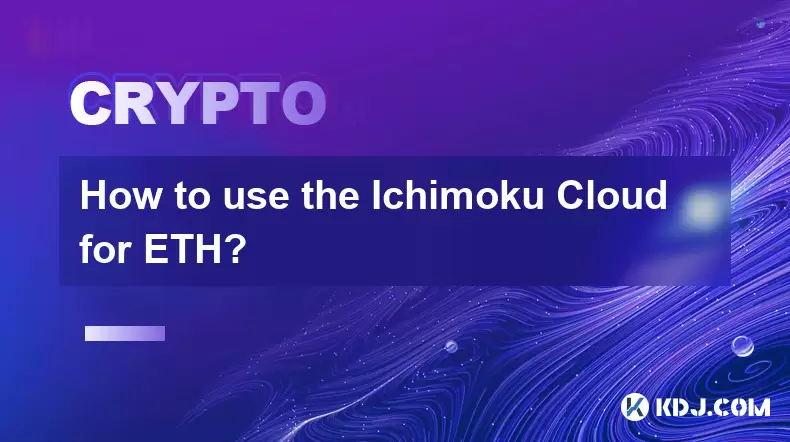
How to use the Ichimoku Cloud for ETH?
Jul 18,2025 at 09:56pm
Understanding the Ichimoku Cloud and Its ComponentsThe Ichimoku Cloud, also known as Ichimoku Kinko Hyo, is a versatile technical analysis tool that p...
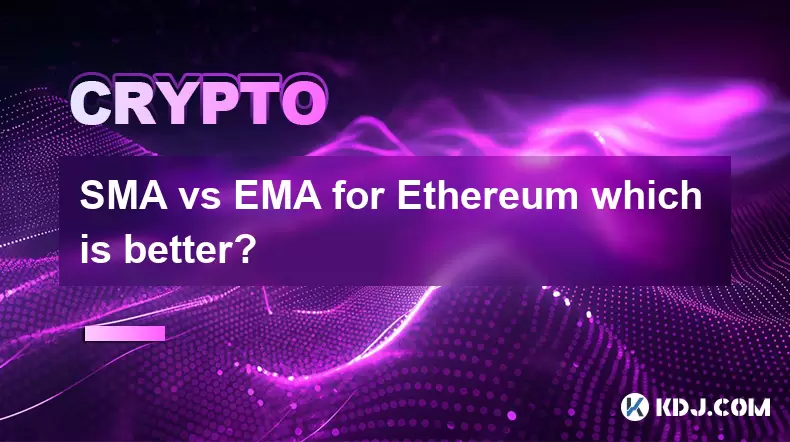
SMA vs EMA for Ethereum which is better?
Jul 19,2025 at 12:36am
Understanding the Basics of SMA and EMAIn the world of cryptocurrency trading, especially when dealing with Ethereum, technical indicators play a cruc...
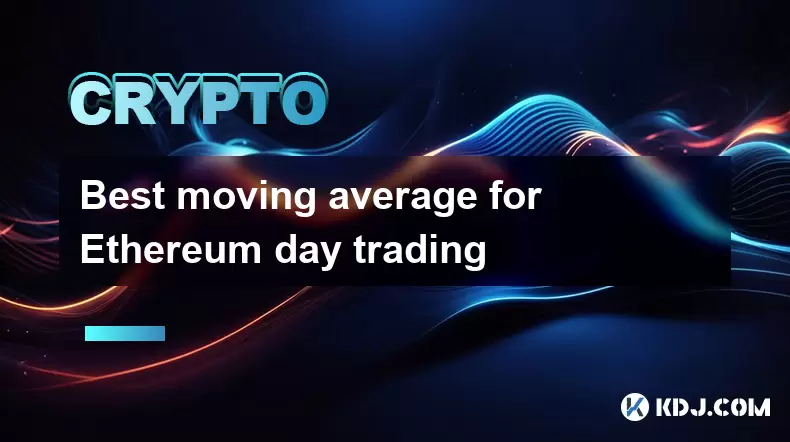
Best moving average for Ethereum day trading
Jul 19,2025 at 01:42am
Understanding the Role of Moving Averages in Ethereum Day TradingIn the realm of Ethereum day trading, moving averages are indispensable tools for ide...

What is RSI indicator for Ethereum?
Jul 19,2025 at 03:07pm
Understanding the RSI IndicatorThe Relative Strength Index (RSI) is a momentum oscillator used in technical analysis to measure the speed and change o...

What is Polkadot (DOT)?
Jul 19,2025 at 06:35pm
Understanding the Basics of Polkadot (DOT)Polkadot (DOT) is a multi-chain network protocol designed to enable different blockchains to transfer messag...

How to add indicators to Ethereum chart on TradingView?
Jul 19,2025 at 07:15am
What Is an Ethereum Chart on TradingView?The Ethereum chart on TradingView is a visual representation of the price movement of Ethereum (ETH) over a s...

How to use the Ichimoku Cloud for ETH?
Jul 18,2025 at 09:56pm
Understanding the Ichimoku Cloud and Its ComponentsThe Ichimoku Cloud, also known as Ichimoku Kinko Hyo, is a versatile technical analysis tool that p...

SMA vs EMA for Ethereum which is better?
Jul 19,2025 at 12:36am
Understanding the Basics of SMA and EMAIn the world of cryptocurrency trading, especially when dealing with Ethereum, technical indicators play a cruc...

Best moving average for Ethereum day trading
Jul 19,2025 at 01:42am
Understanding the Role of Moving Averages in Ethereum Day TradingIn the realm of Ethereum day trading, moving averages are indispensable tools for ide...

What is RSI indicator for Ethereum?
Jul 19,2025 at 03:07pm
Understanding the RSI IndicatorThe Relative Strength Index (RSI) is a momentum oscillator used in technical analysis to measure the speed and change o...
See all articles





















